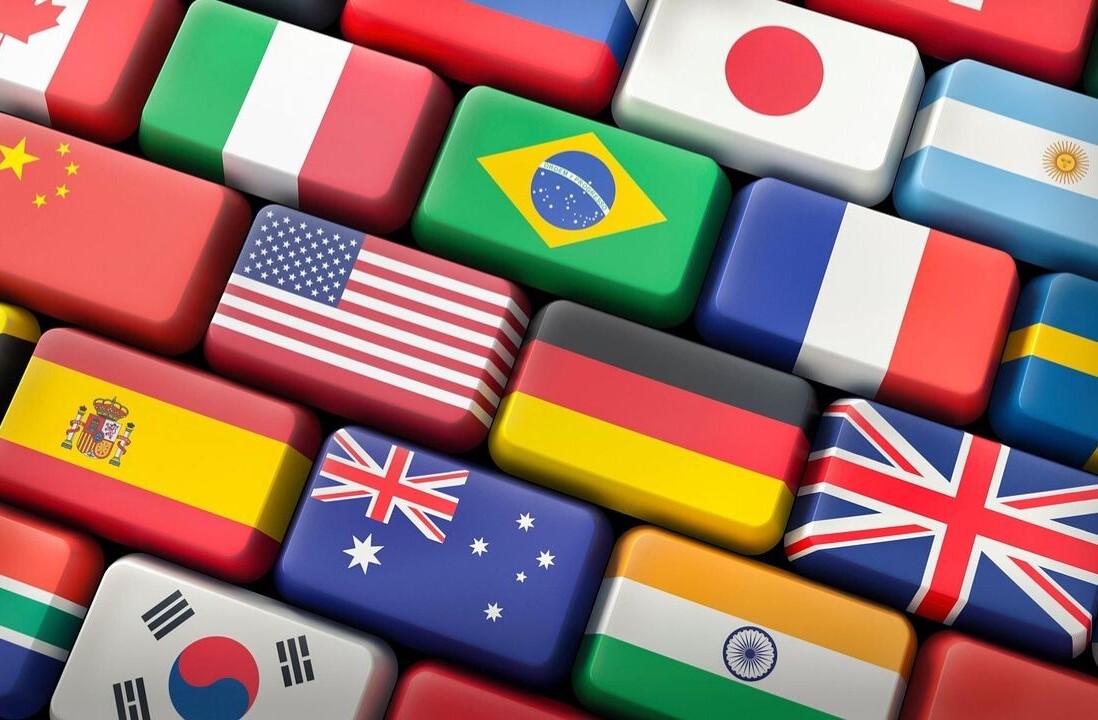
Filtered photos may be all the rage in the past, but you can’t deny the undying popularity of GIFs. In case you haven’t been on the Internet for the past two years, the Graphics Interchange Format – or GIF, for short – is a file format comprised of a series of photos strung together and looped to create the appearance of animation.
It’s a phenomenon that have inspired things like Vine and Instagram video. Animated GIFs have also made a resurgence in popular culture, becoming a quick way for avid social networkers to share opinions, reactions, and to relive moments on platforms like Twitter and Tumblr.
The stuff that memes of made of, GIFs currently rule the Internet with king pins like #WHATSHOULDWECALLME and Buzzfeed using them as fuel for a new breed of digital storytelling.
For marketers, though, animated GIFs can also play an important role as a storytelling tool in emails. GIFs provide quick ways to tell an effective story, show off multiple products, or highlight a specific area in the email without having to deal with bulky videos or Flash.
Supported by most of the major email clients (except Outlook 2007/2010 and Windows Mobile 7), GIFs are a compelling and obvious way for email marketers to be relevant, engage customers, and increase click through rates.
Check out our top six tips on how to utilize and optimize GIFs in your marketing emails.
1. Keep it light
In general, marketers tend to agree that emails should be no larger than around 100KB in size. With around 48 percent of email opens happening on mobile devices, it’s become increasingly important to keep emails even smaller to accommodate slow networks and mobile limitations.
 If an email opened on mobile is too large, many mobile clients will shorten the email and add a “Download More” button, which can of course interfere with the optimal email viewing experience. Beyond that, consumers are so inundated with emails, it’s best to stay simple.
If an email opened on mobile is too large, many mobile clients will shorten the email and add a “Download More” button, which can of course interfere with the optimal email viewing experience. Beyond that, consumers are so inundated with emails, it’s best to stay simple.
The takeaway? Keep it small and succinct – with the total email file size around 40KB in total. Less is more; a subtle animation can often add life to your emails in a tasteful, non-disruptive manner.
2. Choose the right file formats
Before you go GIF crazy, keep in mind that each element of the email plays an important role. In general, emails should be designed in HTML text to keep size down. JPEGS are the preferred format for photos, and GIFs can be used as an easy way to tell a condensed animated story.
GIFs are preferred over video or Flash because they can be more lightweight and are widely supported across email clients. GIFs are by no means lightweight inherently, though, so it’s important to use them only for simple graphics (colors, arrows, lines rather than complicated photo-based video GIFs) to keep your email file size lower.
3. Use GIFs sparingly
GIFs are ideal for short, snackable graphic stories. From a marketing point of view, one or two tastefully placed GIFs can add interest and act as a call to action, prompting click-through.
Think about drawing your customer’s eye to one specific part of the email: like an animated product line or color-changing section to highlight a specific section. For example, American Apparel uses color-changing boxes and short animations to promote new products.
Similarly, GIFs can be an easy way to promote multiple products, or tell more complicated stories that would require multiple steps of lines of copy quickly and easily.
Think of GIFs as the Sriracha hot sauce of email marketing: use sparingly and it will add incredible flavor and spice to any email. Use too liberally and you’ll basically go blind.
4. Keep it short

With an average of 15 to 20 seconds spent on each email, it’s important to keep emails short with succinct and clear calls to actions.
The value of the animated GIF is that it can quickly tell a complicated story, show multiple products, or even get people to click with a single image — but that’s not to say that the GIF is the answer to all your email problems.
Overall, it’s important to use emails to promote one or two key things and GIFs are a great way to do that.
5. Test the final product
When creating an email for both mobile and desktop, it’s important to test the final email to make sure there’s no hidden code making your email bulkier than you had intended.
Try Chrome Developer Tools or Litmus to test size and viewability. To cut down the size of the email, email software company Responsys recommends updating the file to share as many images between mobile and desktop version as possible, and swapping foreground images for background images that are only loaded from the server when visible.
6. They actually work!
E-retailer BlueFly found that using GIFs in its marketing emails pulled in 12 percent more revenue than the company’s non-animated emails.
Finding similar success, Dressed Up! – a Los Angeles-based eveningwear retailer – tested two versions of its email: one with a static screenshot of a video and call to action, and one with an animated GIF. The brand found a 26 percent increase in click through rate over the non-animated version.
The bottom line? It’s worth a try.
Overall, GIFs can be a valuable tool for e-marketers hoping to make a splash amongst consumers. In the Vine and Instagram video era, consumers are becoming more comfortable with the way these images are served up, and will likely be more comfortable seeing them appear in emails.
Besides adding visual interest, GIFs are an excellent way to highlight products or create a clear call to action while keeping the file size down. With widespread support across platforms and preference over video and Flash, the GIF is a valid choice option for the modern day e-mail marketer.
Top image credit: Shutterstock/Eugenio Marongiu
Get the TNW newsletter
Get the most important tech news in your inbox each week.
This post has been brought to you by GetResponse: Create stunning newsletters and landing pages in minutes.





